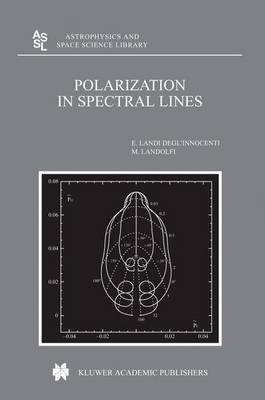Astrophysics and Space Science Library
1 primary work
Book 307
Polarization in Spectral Lines
by Degl'Innocenti, Egidio Landi and Marco Landolfi
Published 24 August 2004
Quod si tam celebris est apud omnes gloria Adamantis, atque varia ista opum gaudia, gemmae unionesque, ad ostentationem tantum placent, ut digitis colloque circumferantur; non minori a?ciendos speraverimgaudio eos, quibus curiositatis conscientia quam deliciarum est potior, novitate corporis alicujus, instar crystalli translucidi, quod ex Islandia nuper ad nos perlatum est; cujus tam mira est constitutio, ut haud sciam, num alias magis naturae apparuerit gratia. Erasmus Bartholinus, Experimenta crystalli islandici disdiaclastici Apart from a few objects of our immediate neighborhood (the solar system), all the information on the physical phenomena taking place in the Universe comes from the radiation that the astronomical objects send into space and that is ?nally collected on earth by telescopes or other instruments. Among the di?erent kinds of radiation, electromagnetic waves have by far played the most important role in the history of Astronomy - probably, it is not unrealistic to say that more than 99% of our present knowledge of the Universe derives from the analysis of the electromagnetic radiation. Such radiation contains three di?erent kinds of information, encoded into as many physical characteristics typical of any oscillatory propagation phenomenon: the propagation direction, the frequency and amplitude of the oscillation, and the oscillation direction - or polarization.
